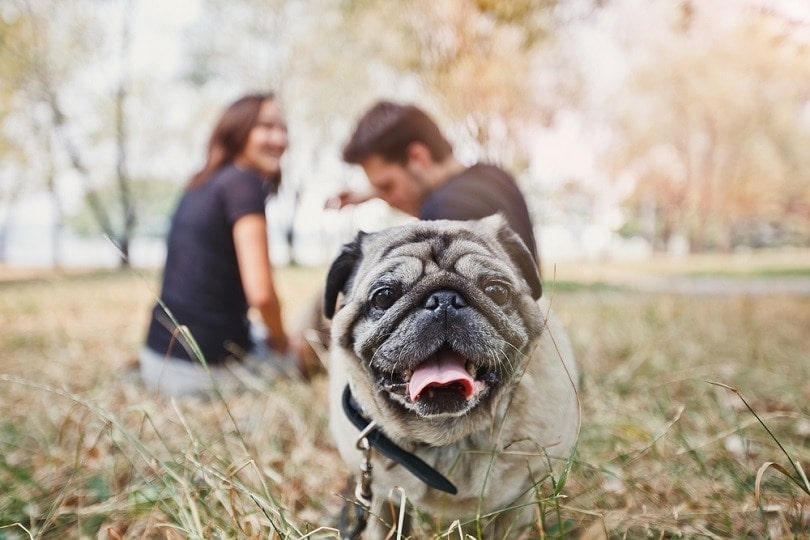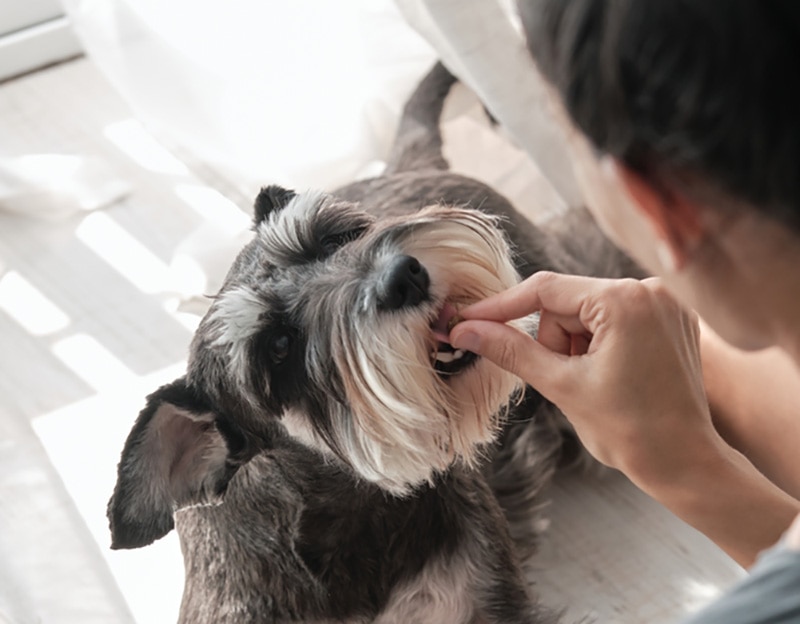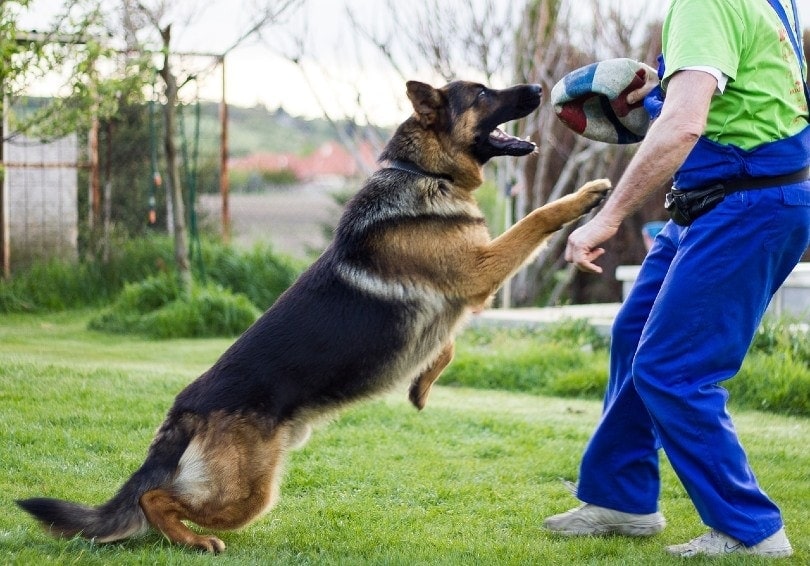How to Train a Beagle to Hunt – 6 Effective Tips
Updated on
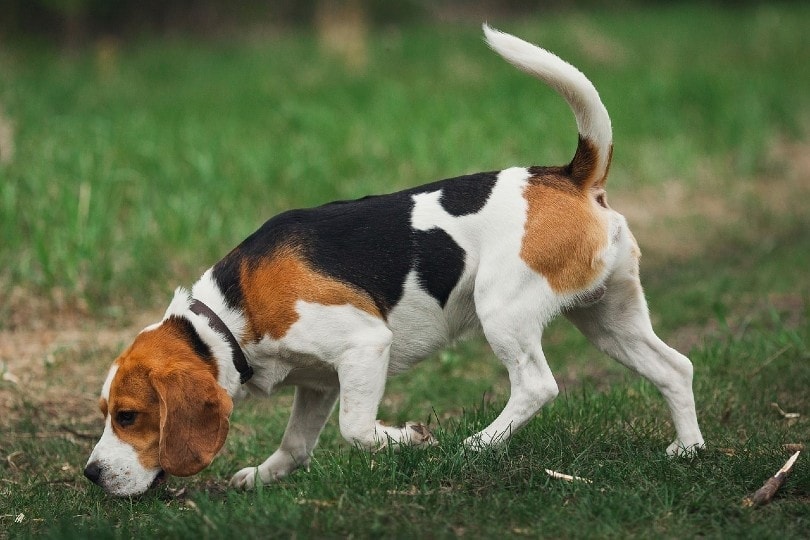
Beagles were bred for tracking purposes. After hundreds of years of them being bred for this purpose, today’s Beagles track automatically. You don’t really have to train a Beagle to hunt, as they will track even if never trained. Even puppies kept purely for companion purposes will still track when given the opportunity.
However, that doesn’t mean some extra training wouldn’t be helpful. Many canines benefit from plenty of practice. How you go about practicing is essential, however. You don’t want your dog to learn bad habits.
Here are some tips to keep in mind while training your dog to hunt.
How to Train a Beagle to Hunt
1. Get Your Beagle Around Trained Beagles
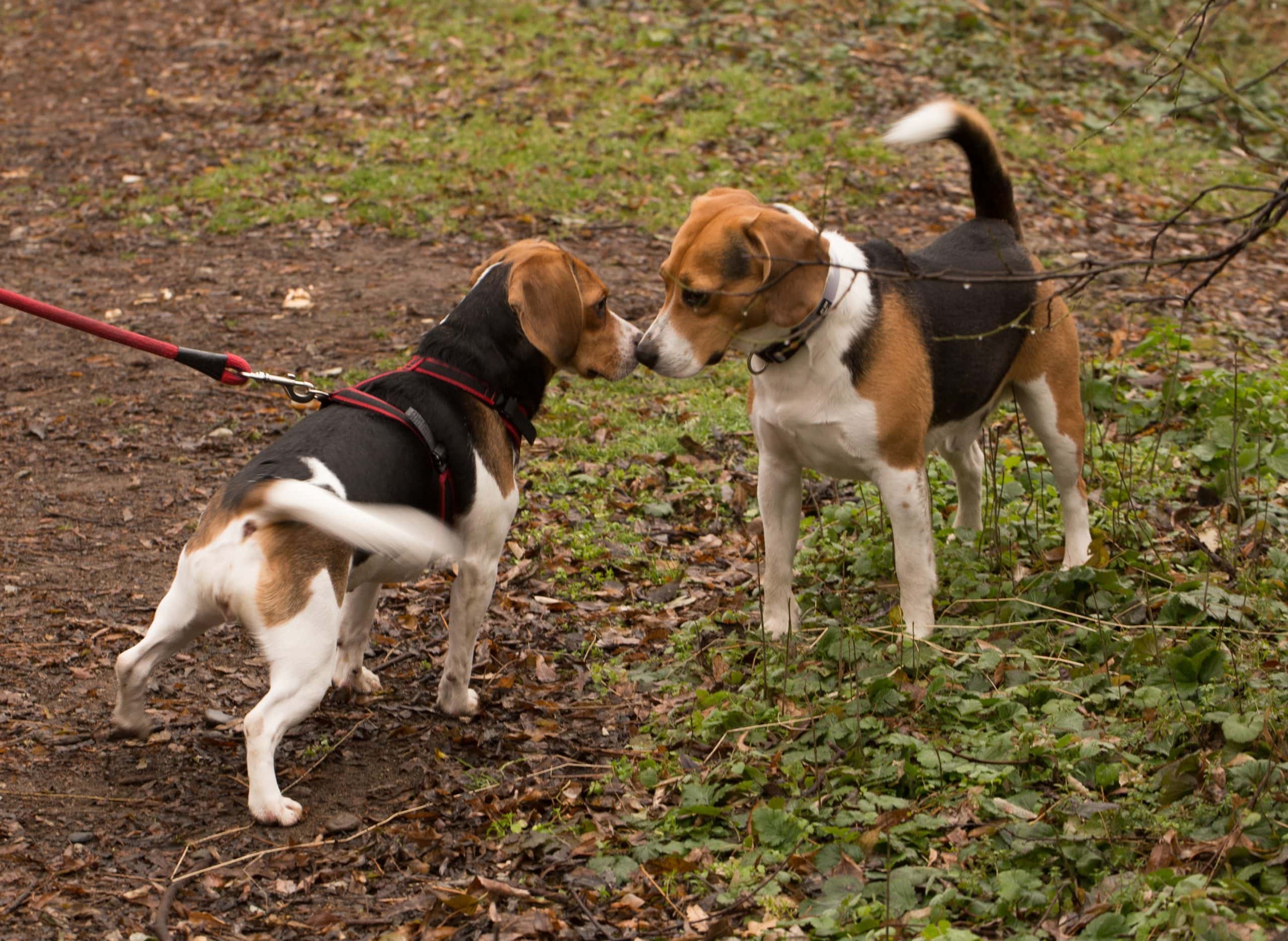
Let’s be honest. In the field, you have no idea if your Beagle is on the right path or not. Therefore, the best option is to get your Beagle around other hunting Beagles—preferably those older and more experienced. These don’t have to be the best hunting dogs in the world. However, you want them to track the animals you want to hunt and move slower.
In this way, you can help train your Beagle to hunt.
In many cases, hunters training Beagles for the first time will purchase an older dog that has been around the block. Usually, these dogs are cheaper because they are too old for regular hunting. However, they are perfect for training puppies, as they often move slower.
Sometimes, if a breeder owns older dogs, they may provide them for a discounted price when selling puppies.
2. Redirect When Necessary

Many younger Beagles will track just about everything. However, if you’re planning on competing, tracking anything that isn’t a rabbit can result in your dog being disqualified. Therefore, it is vital that you train your Beagle not to hunt deer or other animals.
Luckily, this is pretty easy. If you have an older Beagle that is already trained not to hunt deer, the younger ones will usually pick up on the idea.
That said, you may have to redirect your younger beagles. The more they track deer or other animals, the more likely they will do this in the future. If you suspect that your dog is tracking a deer, it is recommended to leash them and take them to a new area.
3. Tackle Some Basic Obedience Training First
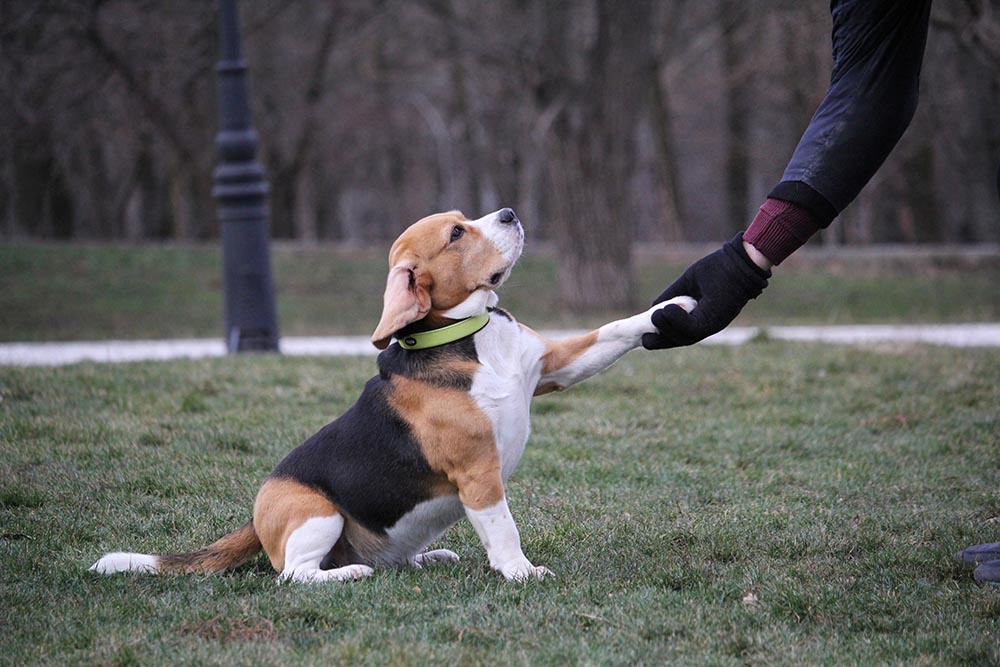
When you’re in the field, you want to be able to pick your dog up when you need to. In a competition, you’ll have to remove your dog from the field if asked by the judges. Plus, letting a dog loose in a forest without some basic obedience training can be dangerous.
Therefore, it is recommended that you do some basic obedience training first. Usually, teaching your dog to sit and stay is enough. That way, you can catch up to them and remove them as necessary.
After basic obedience is accomplished, you can begin to introduce them to the forest and work on further obedience training as you go.
4. Short and Often
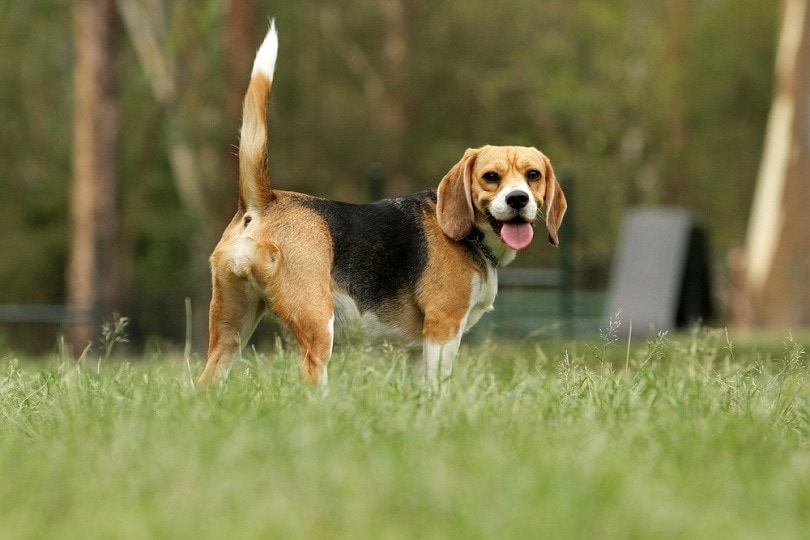
If you want to have a great hunting dog, they need lots of practice. There is no way around this requirement. The more practice your dog gets, the better off they will be. Many professional hunters and breeders train their dogs daily.
Luckily, if you have a fenced-in, forested area with rabbits, you don’t necessarily need to be with your dogs for this training. If you have an older dog, they will often train the puppies without much input from you. It does help if you can be with your dogs most of the time. However, if you have a safe area they can track, it can be extremely helpful.
Plus, you don’t even have to have rabbits in the fenced-in area. You can use a rabbit’s scent to create a trail and then introduce your dogs to the trail for them to track. However, this isn’t as helpful as using a real rabbit since you can never mirror a rabbit’s real behavior perfectly.
5. One-on-One Training
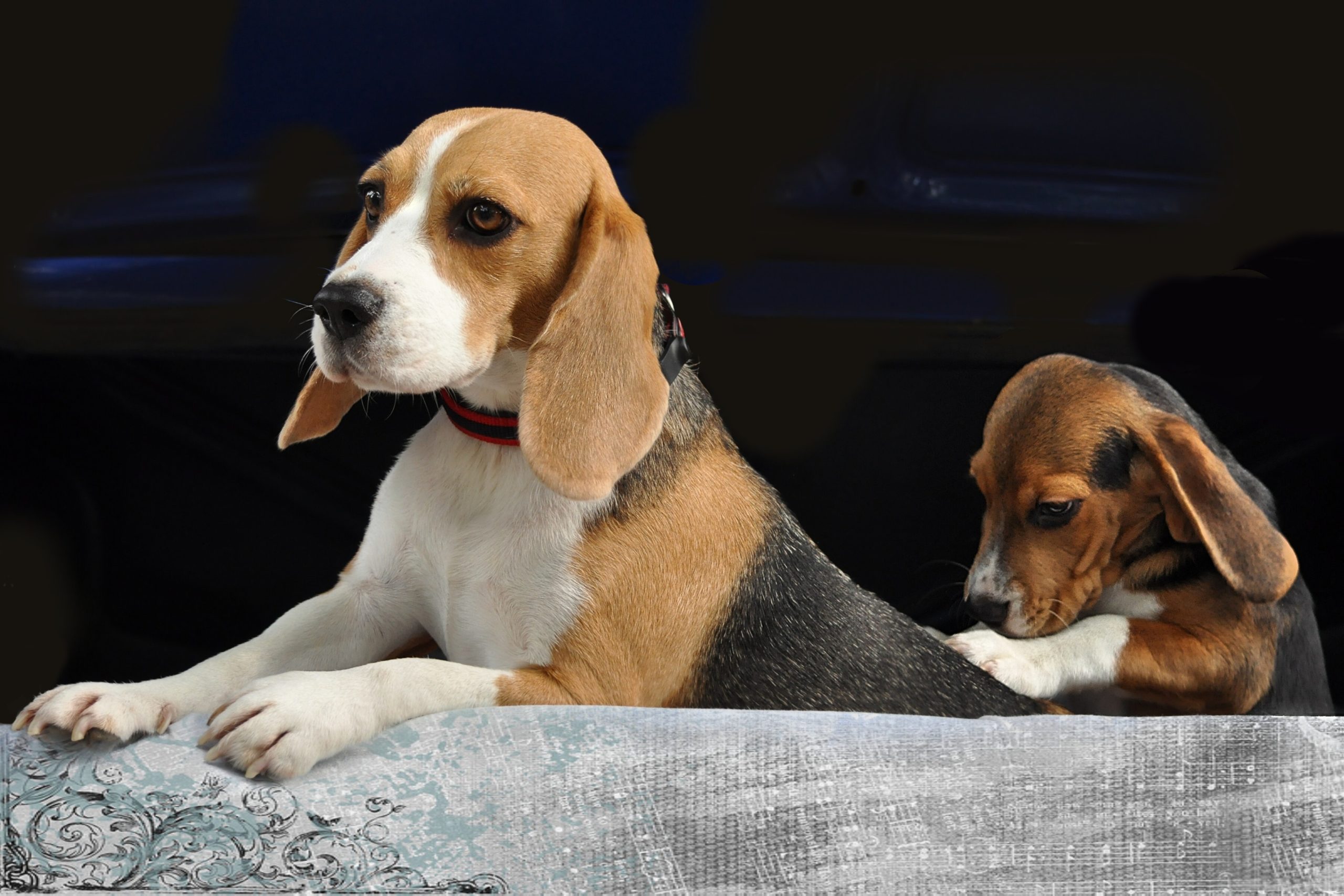
Initially, it is perfectly fine to let a litter of puppies follow an adult or two around while they hunt (though the mother shouldn’t be used for this purpose, as she may just be concerned with the puppies). When a breeder sells “started” puppies, this is usually what they mean.
However, we highly recommend getting your puppy one-on-one training eventually. The more dogs you have, the more excited they tend to be. This excitement can get in the way of learning. Therefore, you should lessen the number of dogs to two or three—with at least one being an experienced dog.
Eventually, you also want to get your Beagle hunting alone. However, this should occur after hunting the correct animal and following the correct path most of the time (which you can judge based on the more experienced dogs). Otherwise, they may learn bad habits.
6. Accept a Dog’s Weaknesses
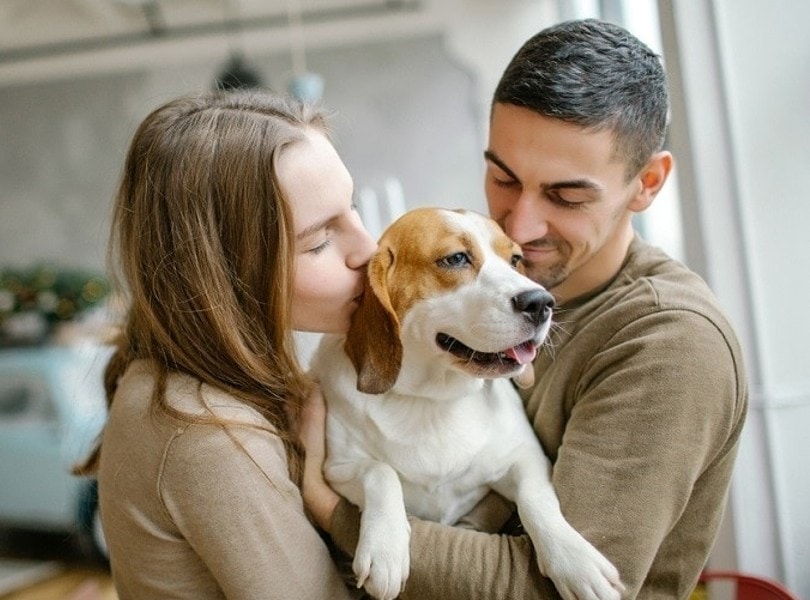
Some dogs run fast; others track slower. Some will bolt after a deer no matter what you do. Some will run off the end of a trail every time. All dogs are individuals. Therefore, you should be ready to accept that your dog isn’t perfect—and no amount of training will make them perfect. However, practice does make better.
Once your dog has worked alongside an older dog and by itself, you should simply focus on field time. The more field time your dog has, the better they will be. In the end, their strengths may overturn their weaknesses.
Conclusion
The difference between a mediocre hunting dog and a great one is time (and genetics). The more time your dog has in the field, the better they will be. Many who compete professionally train their dogs daily. Typically, they have a fenced-in area where their dogs can hunt, and they let them take turns hunting in the field daily.
Of course, purchasing the right beagle is also essential. While all Beagles were originally bred to hunt, that isn’t the case today. Some lines have been bred for the show ring for a very long time, which has diminished their hunting capabilities. Therefore, be sure you purchase a puppy from a hunting line.
Featured Image Credit: olginaa84, Pixabay


